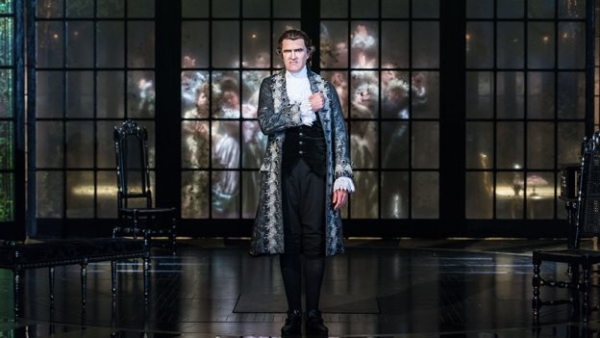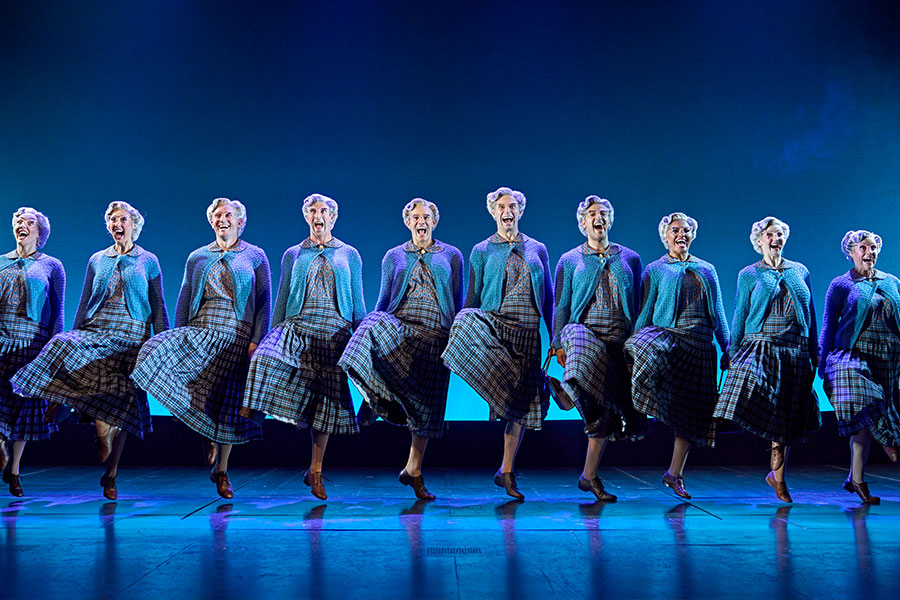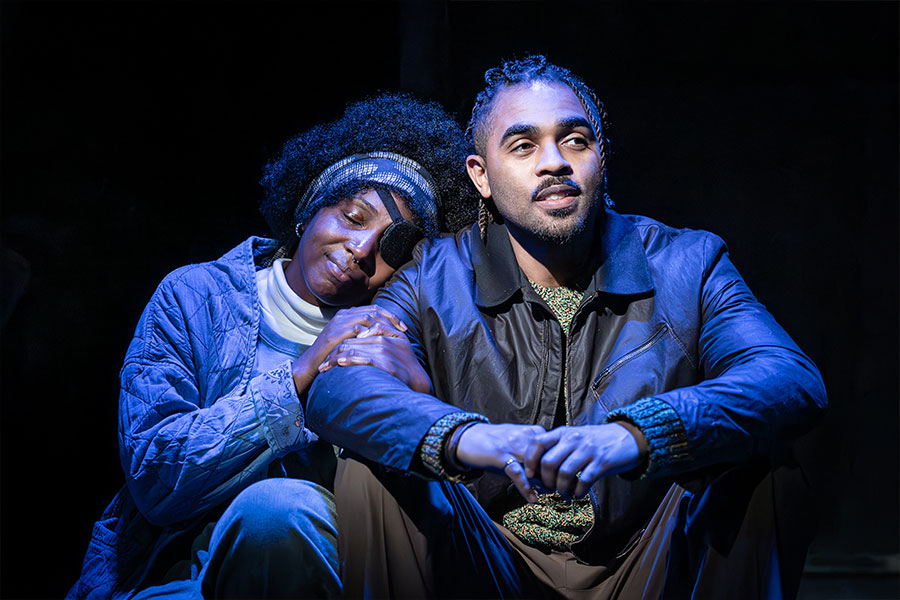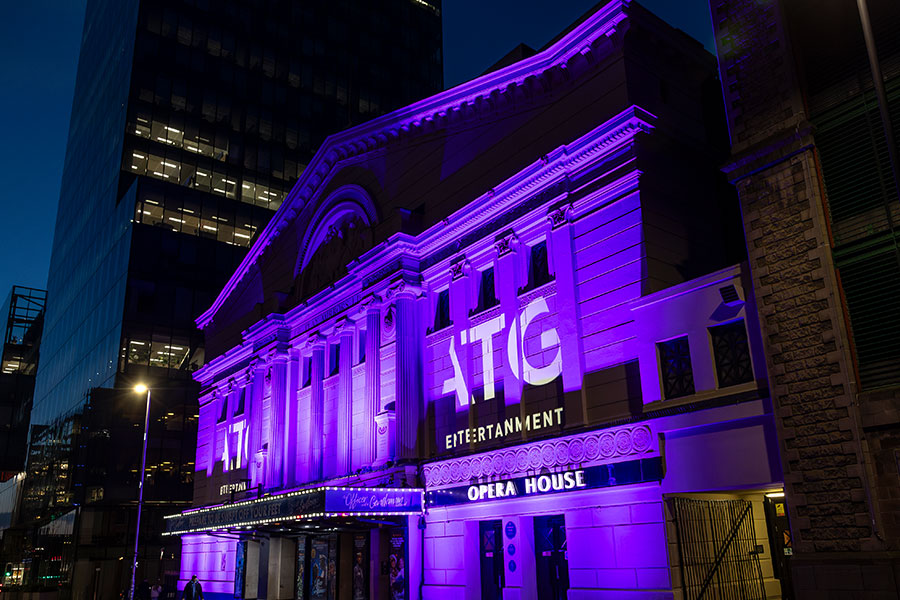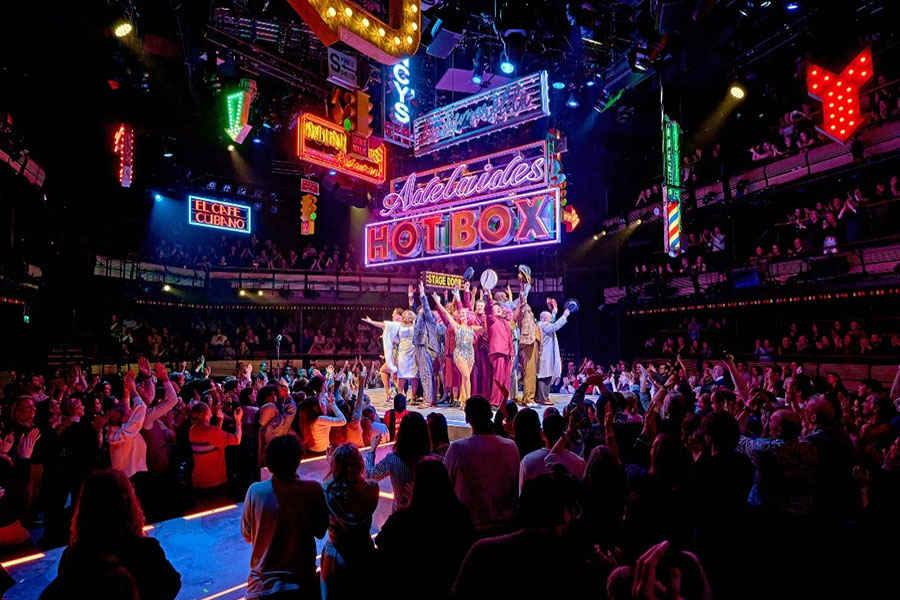Chichester Festival Theatre relaunches on time in the sunshine

© Philip Vile
For a start, the re-painted foyer areas – including two fine new cafés – are drawn more into the outdoors, with patios and paintings making the very most of both the concrete cantilever beams inside and the parkland setting outside.
An awful lot has been done, not all of it obvious or apparent, for a cool £22million in a building that cost just £105,000 back in 1962, when Laurence Olivier accepted the invitation of a local optician, Leslie Evershed-Martin, to lead a new summer festival theatre and then gussied up the project by launching the National Theatre there at the same time.
Since they went there in 2005, Finch and artistic director Jonathan Church have not only reanimated the theatre itself, and re-established Chichester as a creative feeder system for the West End, they have also worked towards this moment of re-appropriation, refurbishment and renewal.
Finch beams with quiet satisfaction as he shows us the 12 new dressing rooms, all in different colours, with all mod cons and many sockets; the Cor-Ten brown cladding outside which will weather and meld the new building with the old; the doubling of wheelchair access; the new garden green room for the actors; the new toilets; the "piazza" feel on the edge of the greensward with café tables and chairs.
Finch and Church have worked closely with architects Haworth Tompkins – who pioneered the "scrape and reveal" school of refurbishment at the Royal Court in the 1990s and have gone on to re-model the Young Vic, and create the new Liverpool Everyman and the NT’s red Shed – who in turn collaborated with acoustic consultants Charcoal Blue.
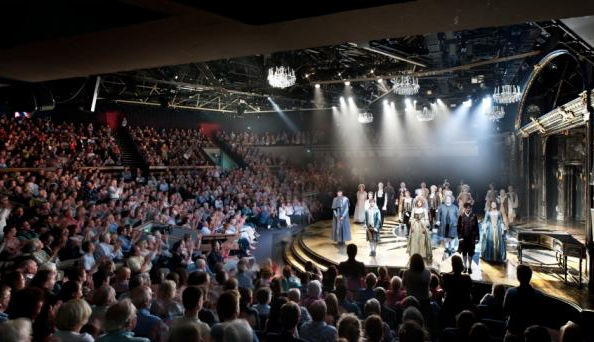
© Philip Vile
When it come to the auditorium itself, Steve Tompkins tells me that they had a fundamental philosophical choice: accept an inherently "unfixable" problem – that of an unwieldy, unwelcoming arena that utterly betrayed its supposed template, the Stratford Ontario Festival Theatre; or accept the eccentricity of the design, and refuse to accept it was broken.
Unsurprisingly, they all fell to with the second choice in mind. Church's elegant production of Amadeus reflects the hexagonal shape of the building and doesn’t try and fill the place with scenery. But Tompkins and Finch assure me that the true changes – more adaptable areas around the stage, a new and more flexible engineering system, new lighting rigs – will come into play with time and other shows.
I always felt discombobulated in the auditorium, not quite sure of a compass in the room, an odd feeling not peculiar to me which Tompkins has addressed by changing colour schemes – a lot of indigos and reds, new carpet – improving the seats, building up the rake at the back (which has risen by a full metre) and bringing the side galleries back into play (they had become defunct through fire regulations).
"It's astonishing to realise that 50 percent of the original footprint was knocked down"
Basically, there's an attempt to introduce a spirit of centrifugal force into an arena that often felt like three separate entities under the one roof. It's a huge challenge and it will take time – as well as the discreetly introduced hand-rails for older patrons – for that atmosphere to soak in.
It's astonishing to realise, too, that 50 percent of the original footprint was knocked down in a process that started almost two years ago and has come through on time, and on budget; audiences, donors and local business played their part, with major capital funding from the Arts Council, West Sussex County Council and Chichester District Council.
Finch, like Jonathan Church, believes that they have recaptured the mood and local sense of pride in the original theatre, in a fresh and equally inspiring way. So while the Minerva continues unchanged with its small-scale repertoire, perhaps the new challenge for the artistic team is to redefine a contemporary epic theatre that goes beyond the large-scale musicals they do so well; next up is Guys and Dolls, which Olivier himself was thwarted in doing in the NT's early days.
Finch and Church share the same office and are still talking to each other (to put it mildly) after seven years on the job. The new offices, like the front-of-house areas, resemble places you won't mind spending time in, surely a factor in the health and happiness of any theatre venture.
Finch certainly gives that impression, anyway, as he leaves us by the stage door and goes off to yet more meetings and conversations before the business end of the day begins with the arrival of the first night audience.
The pink gin brigade and white-haired nautical crowd are in evidence. But so are other factions – 500 seats have been sold for just £10 each at Amadeus previews – and Chichester really does feel, for the first time in many years, part of the future, not mired in the past.



